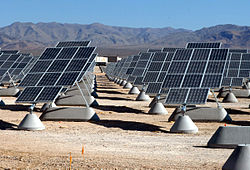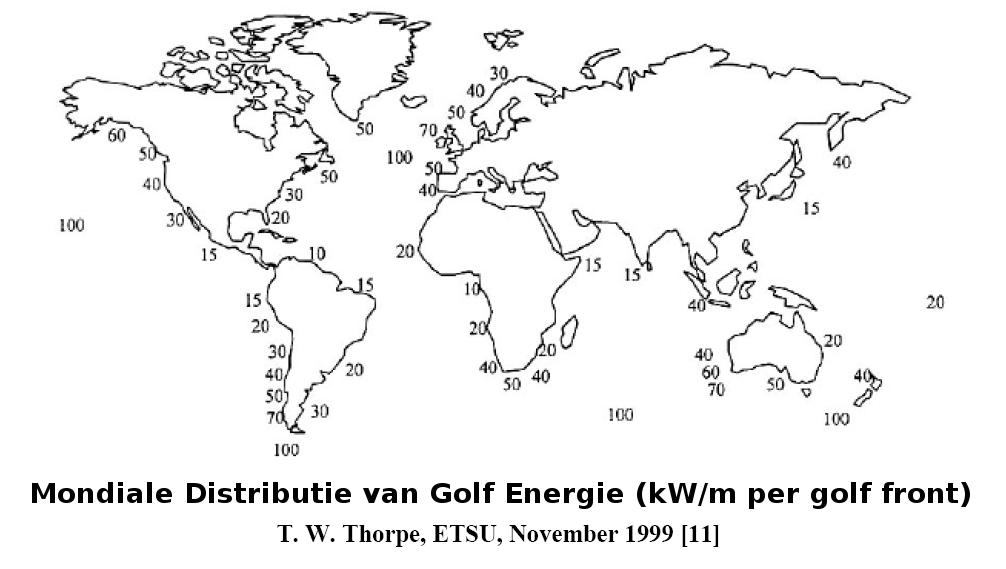Veel mensen hebben momenteel zonnepanelen op het platte of schuine dak, sommigen al meer dan 10 jaar. Deze panelen zijn inmiddels terugverdient, maar leveren nog dagelijks Euro’s op (en gaan daar voorlopig netjes mee door). Het is een terechte vraag of de opbrengst van deze systemen is te verbeteren op een manier die zichzelf wederom vrij snel terugbetaald. Op dat gebied zijn er verschillende mogelijkheden, en de investeringen er in hebben vaak belasting voordeel. Hieronder een aantal aandachtspunten belicht.
Stof en Vuil
Stof en vuil op uw panelen kan de opbrengst reduceren. Maar een cel van een paneel hoeft door vogelpoep of een aangekleefd blad te zijn bedekt en het hele paneel presteerd significant minder. Af en toe een sopje is de moeite waard.
Schaduw
Schaduw is funest voor een serie zonnepanelen, net als vuil. Misschien heeft u er niet bij stilgestaan dat planten in de buurt van uw panelen inmiddels gegroeid zijn, en nu wel schaduw veroorzaken, terwijl dit niet zo was toen u de panelen plaatste. Snoeien geblazen!
Temperatuur
Koelere panelen presteren beter. Het is dus belangrijk om de achterkant goed geventileerd te houden. Zitten ze tegen het dak dan helpt het om te zorgen dat er ventilatie is tussen dak en panelen (die is er meestal wel). Panelen absorberen het meeste licht zonder er iets mee te doen (85% – het weerkaatste licht), dus ze worden erg warm. Per graad Celsius lever je soms 0,25 % opbrengst in.
Plek
Misschien heeft u als u al in 2004 panelen aanschafde niet zo nagedacht over de plek waar u ze opstelde. Toen waren zonnepanelen nog relatief nieuw en wilde mensen vooral het prijsvoordeel meepikken. Het verhuizen van ook de oude panelen is echter heel eenvoudig, de verbindingen kunnen vaak losgetrokken worden, de omvormers van de klem gehaald en verplaatst.
Orientatie
De orientatie van panelen is de belangrijkste performance beinvloeder. Ze dienen immers om zo veel mogelijk zonlicht op te vangen. Dat doen ze in Nederland het best als ze pal Zuid zijn opgesteld en een hellingshoek hebben van 35-37 graden.
Veel panelen worden echter op 20 graden steunen gemonteerd, omdat dit minder ballast vergt en er zo meer panelen op een dak kunnen. Het scheelt een paar procent met de optimale hoek, dus meer panelen bijplaatsen is dan misschien makkerlijker.
Panelen die pal Zuid staan en 20 graden hoek hebben leveren 916 kWh/kWp op
Het zelfde geldt voor roteren om de vertikale as. Panelen die dit doen volgen de zon gedurende de dag van Oost naar West. Dat vergroot de opbrengst meer dan roteren om de horizontale as.

Verticale as trackers
Panelen die om een verticale as kunnen draaien leveren 1210 kWh/kWp op
De maximale opbrengst komt van panelen die om twee assen draaien, waardoor ze altijd op de zon gericht zijn.
Tweeassige trackers winnen de hoofdprijs, maar verticale as trackers zijn het kosten effectiefst.
Als u een boer bent met een schuur met 12 jaar oude zonnepanelen, dan kan het de moeite lonen deze elders op trackers te zetten. De reeds afgeschreven panelen gaan opeens meer geld opleveren. Zelf maken kan natuurlijk ook.
Kabels en de Omvormer
Het is niet de bedoeling dat kabels of de omvormer voor problemen zorgen, maar het kan wel. Nieuwe omvormers zijn soms echt efficienter dan de oude. U kunt ook overwegen de panelen met andere samen te voegen tot een nieuw systeem.











